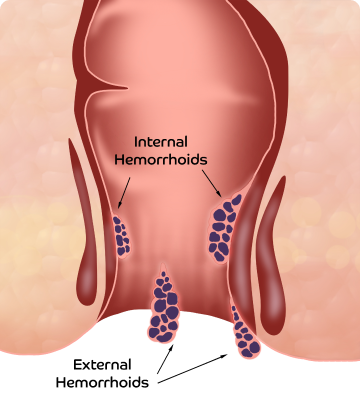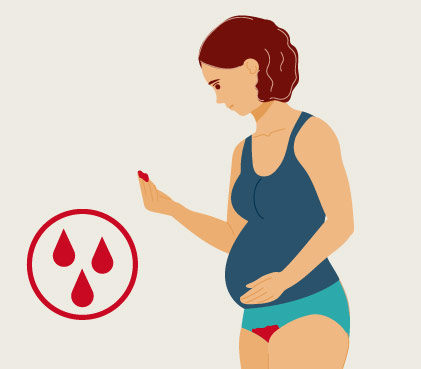Diagnosis of miscarriage
Before determining the line of treatment, the gynecologist or OB-GYN might have to run a couple of diagnostic tests for miscarriage. Some of them include:
Ultrasound – The doctor may recommend an ultrasound to check for the heartbeats of the fetus and confirm if the development of the fetus has stopped. If the ultrasound does not provide an actual result, the female might have to retake the test.
Pelvic examination – A pelvic exam may be required to check if the cervix has begun to dilate.
Blood tests – The doctor might recommend a blood test to look for pregnancy hormones in the blood and compare it with the levels of the hormones in the past.
Chromosome test – If a woman suffers two or multiple miscarriages, the doctor might recommend a chromosome test to check if the genes of the woman or her partner have caused the miscarriage.
Tissue test – If a woman expels tissues from the vagina, a tissue test might be recommended to confirm that a miscarriage has occurred and that the symptom is not due to any other health issue.
Treatment for miscarriage
Before determining the line of treatment, the gynecologist or OB-GYN might have to run a couple of diagnostic tests for miscarriage. Some of them include:
Ultrasound – The doctor may recommend an ultrasound to check for the heartbeats of the fetus and confirm if the development of the fetus has stopped. If the ultrasound does not provide an actual result, the female might have to retake the test.
Pelvic examination – A pelvic exam may be required to check if the cervix has begun to dilate.
Blood tests – The doctor might recommend a blood test to look for pregnancy hormones in the blood and compare it with the levels of the hormones in the past.
Chromosome test – If a woman suffers two or multiple miscarriages, the doctor might recommend a chromosome test to check if the genes of the woman or her partner have caused the miscarriage.
Tissue test – If a woman expels tissues from the vagina, a tissue test might be recommended to confirm that a miscarriage has occurred and that the symptom is not due to any other health issue.
Once the pregnancy loss is confirmed through any of the above-mentioned diagnostic tests, the doctor recommends a Dilation & Curettage (D&C) procedure to clean and expel the pregnancy tissues.
D&C is performed under the influence of general anesthesia. During a D&C, the gynecologist dilates the cervix of the patient and removes the fetal tissues from inside the uterus. During the procedure, a spoon-shaped device (known as a curette) is used to scrape the uterine wall lining gently.









.svg)









